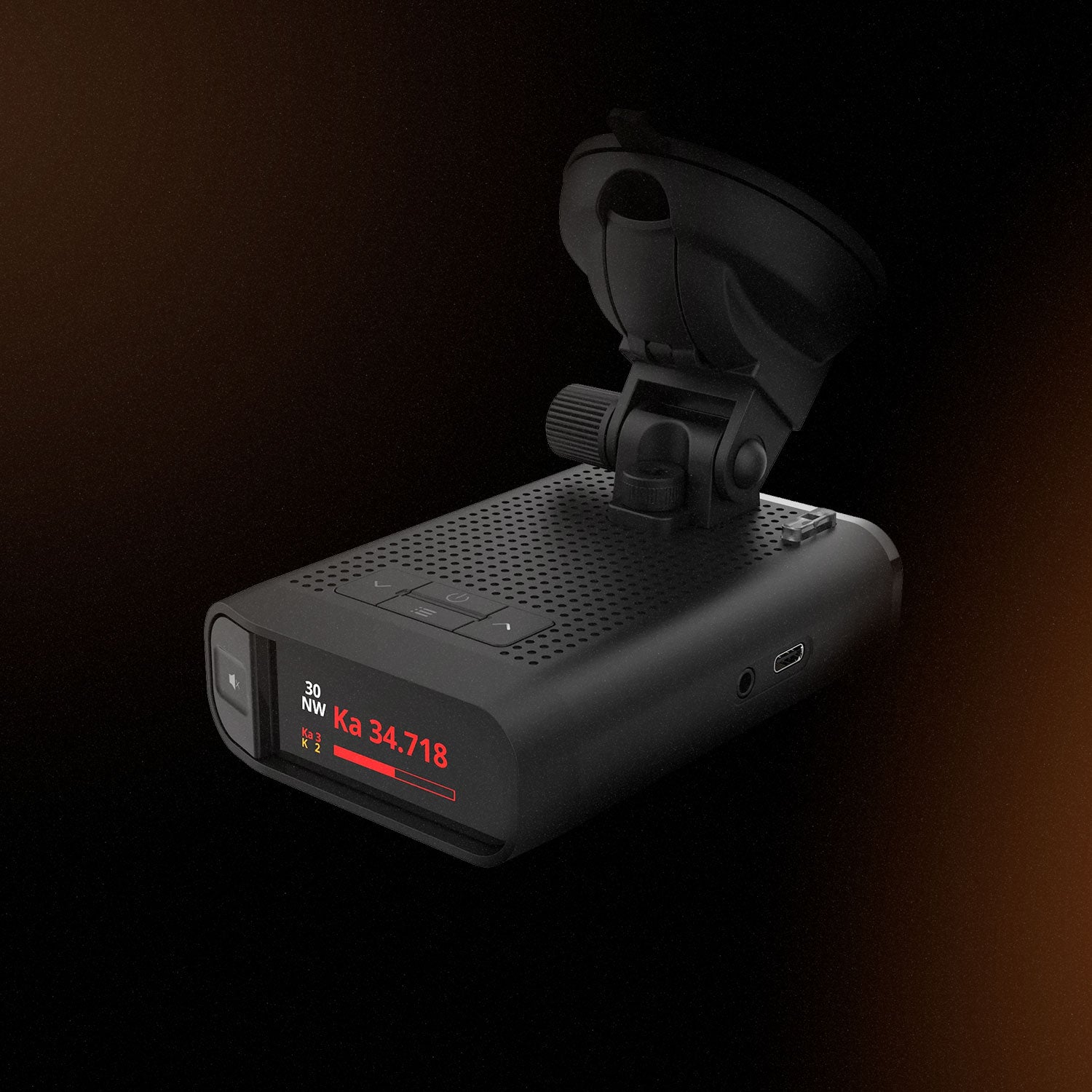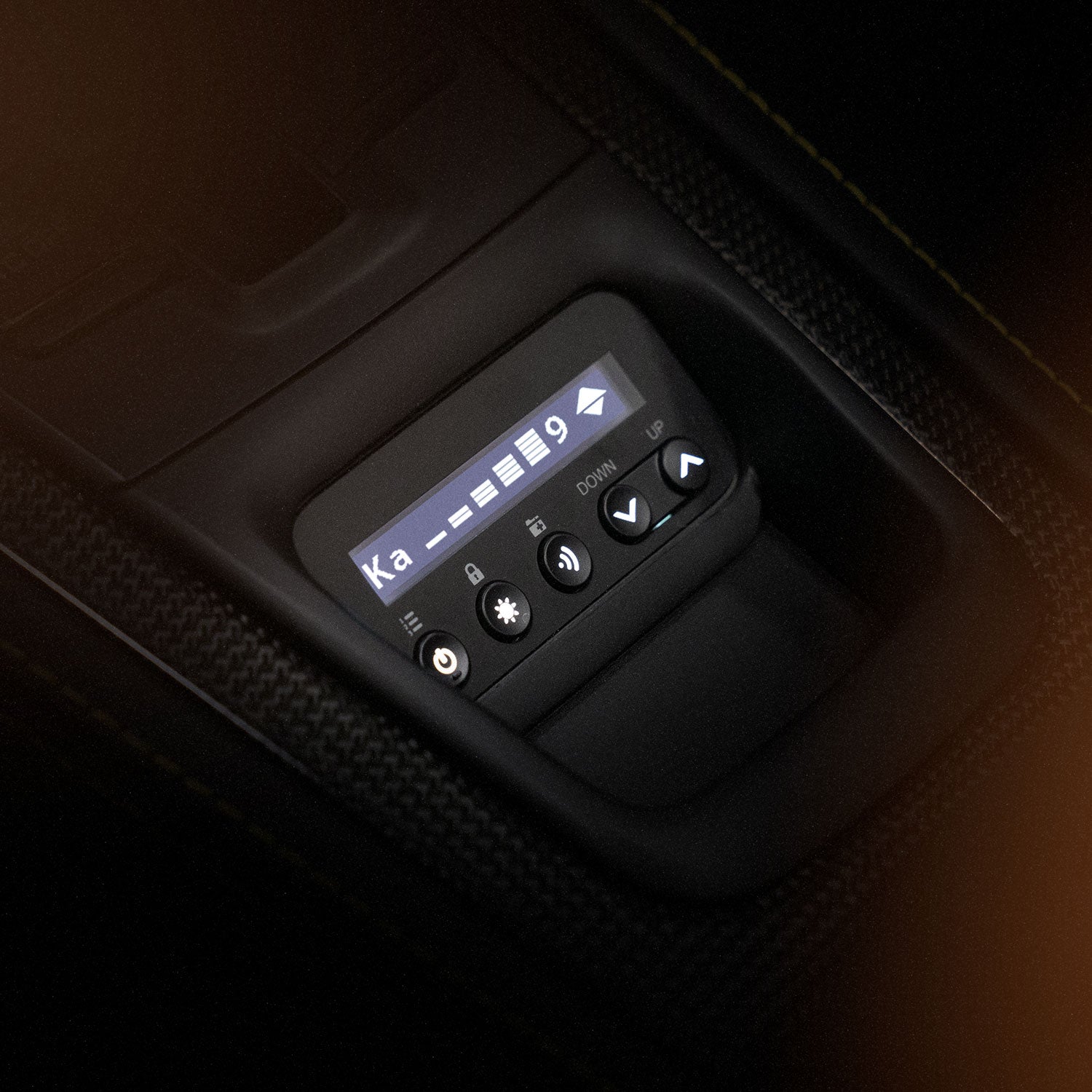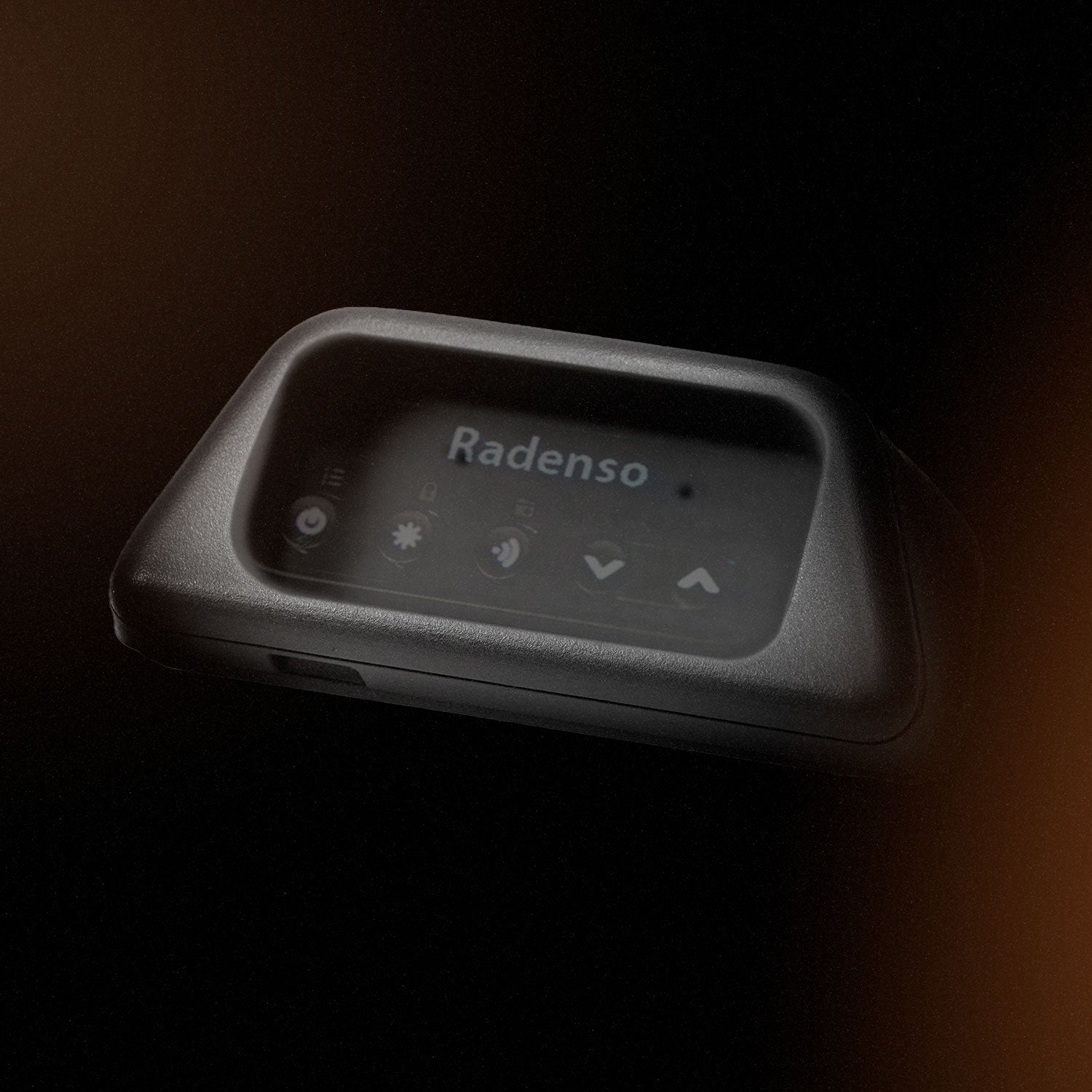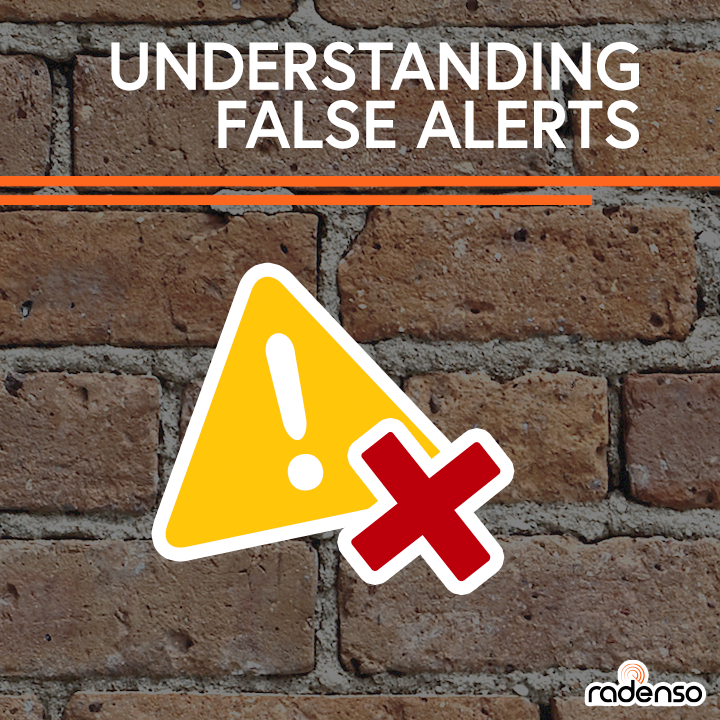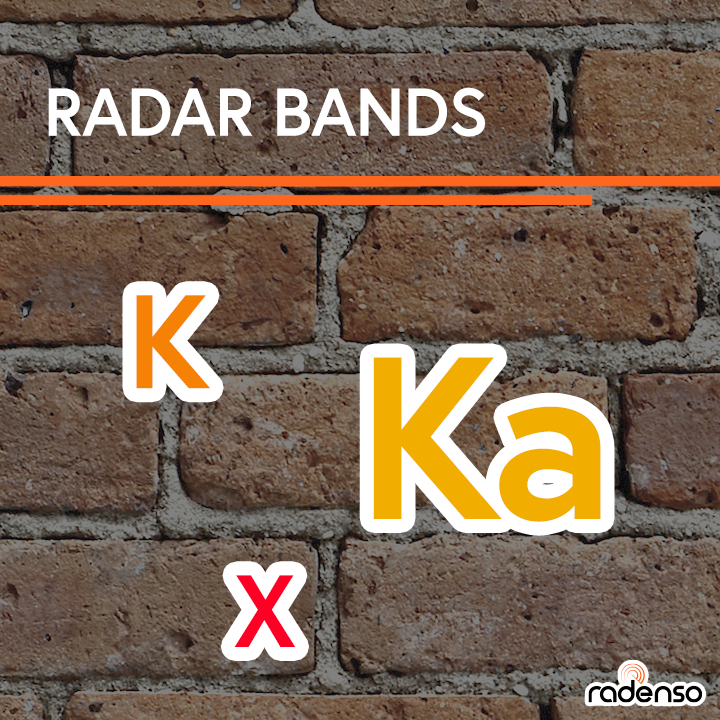What’s the difference between traffic cameras, red light cameras, and speed cameras?
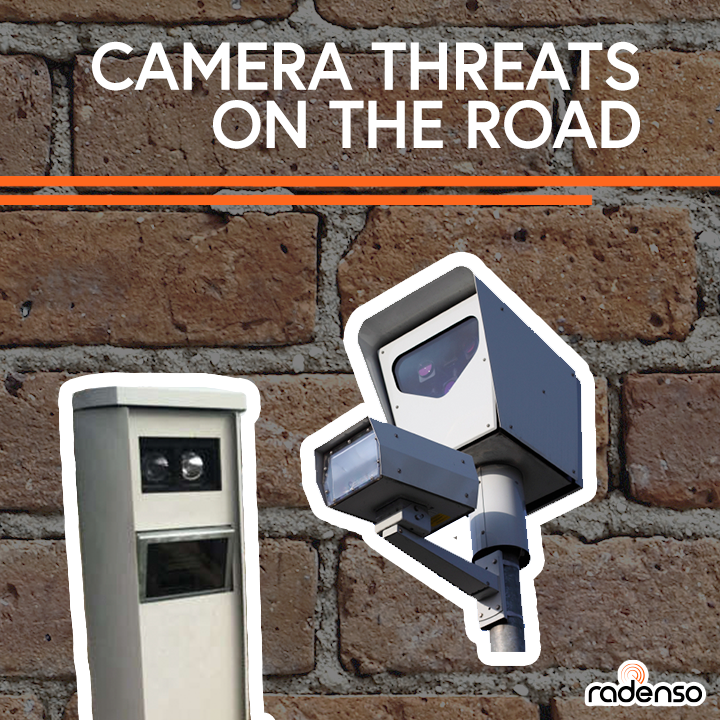
Part of the allure of the automobile has always been the possibility of getting into a fast car, picking a random direction, and just driving – “getting lost,” if you will. Unfortunately, the march of technology that has changed every other area of our lives has now changed the face of driving as well. The idea of getting into a car and being “free” is quickly fading away due to traffic cameras and other monitoring devices.
One question that a lot of people have is, “what is the difference between traffic cameras, red light cameras, and speed cameras?” Nowadays, there are many different types of cameras that monitor our driving, and it can be very confusing to understand the purpose of all of them. It can help to realize that there are two different “classifications” of cameras – cameras which issue tickets and violations (automated traffic enforcement cameras), and those that serve to monitor traffic speeds and conditions.
Automatic Enforcement Cameras
Red Light Cameras
Red Light cameras are extremely controversial. These are automated ticket-issuing systems that are placed at busy intersections, designed to detect when a motorist enters the intersection on a red light. If this is detected, the camera will take multiple images of the car during the process of the violation. A few weeks later, the motorist will get an unwelcome surprise in the mail!

You can tell a red light camera apart from other camera systems by location (always mounted near a busy intersection) and appearance. Whereas ANPR cameras are usually small and consist of just one or two modules, red light cameras tend to be bulkier and consist of a large camera box and two external flashes, often mounted separately on poles. There will also often be multiple red light cameras at each intersection, to capture angles from multiple directions.
One question many people ask is, “Can’t I beat a red light camera ticket in court since I have the right to face my accuser?” Unfortunately, this is not a valid legal argument. Red light cameras are not issuing moving violations or criminal changes. From a legal standpoint, they are administrative violations like parking tickets. This expressly removes your right to face an accuser in court. If you receive a red light ticket in the mail and choose to ignore it, you will not be arrested – but you may have it sent to collections where it will damage your credit.
Speed Cameras
Speed cameras are similar in concept to red light cameras. Speed cameras also automatically detect and issue violations, except they do so for speeding violations instead of for red light violations.
The placement of speed cameras is usually a little bit different than that of red light cameras. While you can usually find red light cameras in heavily populated urban areas, speed signs tend to be used on less populated back roads and in residential areas where residents have complained of frequent speeding.
There are two types of speed cameras: fixed and mobile. Fixed speed cameras are the easiest to spot, since they are almost always mounted on elevated poles on the side of the road. These cameras are easy to spot due to their bulky weatherproof enclosures and external flashes (often mounted on a separate pole).

Mobile speed cameras are more tricky to notice. These cameras are not permanently mounted to the ground, and can be located on a camera tripod or inside of a van. Since mobile speed cameras are often moved around, you cannot rely on crowdsourcing apps or databases that are built into radar detectors to locate them.
One unique thing about mobile speed cameras is that they almost exclusively use a special type of radar that is very difficult for most radar detectors to detect: low-powered K-band and MRCD (or Multaradar). In fact, most radar detectors on the market cannot even detect these threats adequately. To get long-distance detection of MRCD and low-powered K band, you need a radar detector that has a special hardware circuit designed just for this purpose.
Non-Enforcement Cameras
Traffic Sensor Cameras

The most common type of camera is the type that is actually talked about the least – traffic sensor cameras. You will typically see these cameras installed on top of traffic signals, or mounted high on light poles above roadways. They are almost always small, cylindrical or dome shaped cameras that are enclosed in a weatherproof housing. The mounting location of these units is a dead giveaway – you will never see an actual red light or speed camera mounted on top of a traffic signal or traffic signal pole; those would always be mounted on a separate pole at the side of the road.
Traffic sensor cameras are used for a few different purposes, but their primary function is to measure traffic flow and determine traffic light timing. These cameras are not tied to any type of enforcement system, and generally the video is not archived or used for incident reconstruction.

Automated Number Plate Recognition (ANPR) Cameras
ANPR cameras are cameras that are combined with artificial intelligence that allows them to read license plate numbers. These cameras can be either mobile (mounted to a police cruiser) or fixed (mounted on poles). Similar to traffic sensor cameras, these cameras are not tied into any type of automated ticket issuing system. They are primarily used for tracking the whereabouts of drivers – which is something that a lot of people are uncomfortable with.
The other function of mobile ANPR cameras is that they are always recording as police officers drive their vehicles, and can automatically scan and cross reference license plates with government databases. For example, if a police officer with a mobile ANPR system pulls up behind a driver that has an outstanding warrant, the system will notify the police officer of this information. Some people argue that this is a good thing, as it can warn the police officer of possible danger. But this can also be argued as government overreach – there have been instances of using ANPR in low-income areas to drive through parking lots and impound many vehicles due to outstanding parking tickets.
How can you tell if a camera is an ANPR camera or a traffic sensor camera? Unlike normal cameras, ANPR cameras operate in the infrared (invisible) light spectrum. They do this for better low-light sensitivity, so the cameras can still work at night. Due to this, most are equipped with an infrared “spotlight” consisting of clusters of infrared LEDs. If you see these LED clusters, you can be almost certain that the cameras is the ANPR variety.

